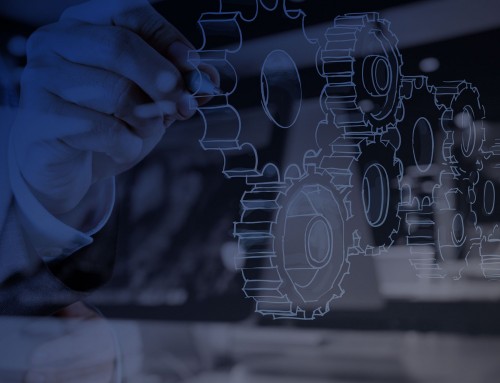Posted on behalf of Jeff Ford, Outsourcing Services Manager
You probably have a “set it and forget it” approach to your integration software. It’s working now, so why think about updating it? Like every other piece of Healthcare IT, integration software is ever-evolving and you don’t want to be stuck in the past. From technological deficiencies to user experience, there are many strong reasons to consider updating your interface engine. I’ve broken down a few of these reasons below:
1. Communication Protocols
In the past, the communication portion of an integration setup has been pretty simple. The preferred method of communication has been using the TCP/IP protocol and most integration software was built around this. Now, we are seeing multiple methods of communication being used for interfaces, mostly due to security concerns. Can your current software handle sFTP uploads or web services? What about your CCD integration project, is your engine able to handle that? Now is the time to dig deep into these questions before you get halfway into a project and end up stuck!
2. System Inefficiencies
How many times have you had an integration issue pop up where a quick fix to get systems operational was more important than the proper solution? I’m sure it was made with the intentions of going back and making it more permanent later, but more pressing things always come up. Eventually, all these small inefficiencies can add up to a larger issue, in the form of message delays and complicated programming. Updating your integration software gives you a great opportunity to start fresh. Clean up all those looping message modifications, find out if that downstream vendor really needs all those event types, maybe even save some money and get rid of duplicate feeds.
3. Ease of Use and Onboarding
How easy is your integration software to use? When was the last time your team was trained on it? If your integration resource left your hospital tomorrow, would you be able to support the system? If you’re unsure of these answers or they aren’t positive, now may be a good time to evaluate an update. Just because integration can be a complicated topic doesn’t mean your software has to be. Now can be a great time to look at your options and find a powerful but intuitive integration tool.
4. Speed and Volume
Integration software is often optimized for a particular message volume. Interfaces are meant to be real-time data exchanges. If your interface engine is causing any kind of delay between your systems, updating your software may be the right move. Have you recently added a PACS suite or started sending your Lab results out to 5 new providers that all need ADT information as well? You may be doubling your message volume without even realizing it, taxing a system that wasn’t built to scale with your growing needs.
5. HL7 Version 3
The version of the future is here! Do you know if your current integration software can handle HL7 Version 3? In development since 1995 and introduced in 2005, V3 is finally showing up in standard integration projects. HL7 V2.x uses a non-XML encoding syntax. As versions upgraded from 2.1 to 2.2, etc, all that really changed was the number of fields in each segment. This made it very simple for all interface engines to handle, as well as upgrade and downgrade between versions. HL7 V3 is a much more significant change. HL7 V3is based on an XML encoding syntax. It looks and acts completely differently than any of the V2 predecessors. Can your integration software handle this? Now is the time to find out before it’s too late!



